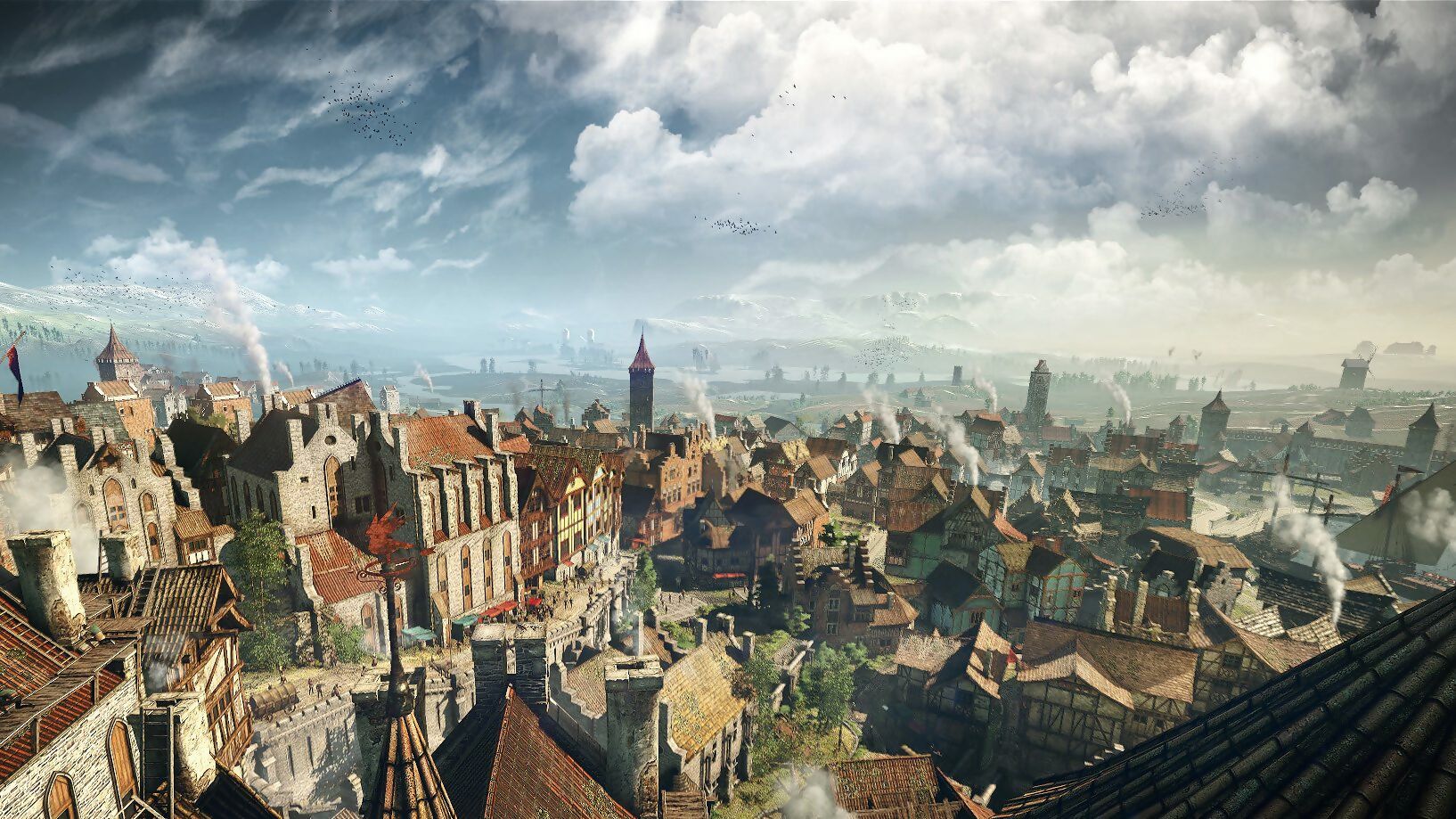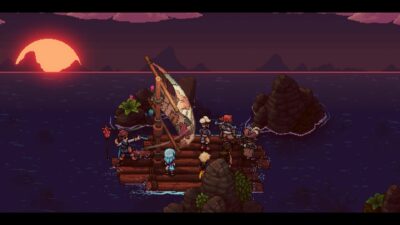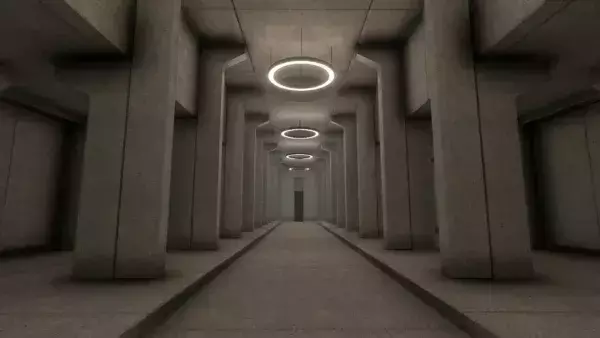
There are fundamental, methodological mistakes one can make when attempting to create a game city, and then there are other elements that could go wrong or simply remain ignored that won’t necessarily break your world building on their own. Allow these to pile up, though, and both your players’ suspension of disbelief, and your setting’s desired effect, can suffer.
Assuming you won’t ignore such crucial concepts as urban functions or fundamental realism, here’s a (far from exhaustive) list of the problems, mistakes, and omissions a designer of video game cities should keep in mind.
COMMON MISTAKES
Game cities often get vehicular – and human – traffic wrong, either by forgetting it completely or approaching it inadequately. Transportation networks and vehicles are usually an afterthought, despite strongly influencing the image, and function, of any real-world city. Traffic in game cities is commonly too scarce, overly simplified, and cities often lack ranked road networks: a modern town should always have a hierarchy of roads from the local to the interurban feeding traffic into each other.
All road networks should have sensible, functional shapes, that can also help with modelling the movement of crowds.
Then there are the obvious mistakes of topology, and spatial organisation: of how districts and sub-areas are placed in relation to each other. An airport shouldn’t be located downtown, a city’s core is always denser than its suburbia, and polluting factories in a rich neighbourhood or a prison next to a palace
will feel out of place.

The dramatic topography of Sapienza adds both character, and murder opportunities, to Hitman’s urban environment.
Trying to simulate city life via eternally re-enacted, animatronics-style interactions rarely works, and neither does having a handful of NPCs randomly moving around or just standing stock still. On the other hand, urban vignettes breathe life into a city, and people do sometimes just stand there. To do this right, keep track of your pool of little vignettes, and make sure each is seen once (or at least not too often). Failing to notice an instance of a little girl buying a newspaper is much better than seeing her do this every time you turn a corner.
Handling traffic, on the other hand, depends on settlement scale. A village’s population could be given individual itineraries, whereas civic masses should move according to general rules, which are often group-specific. Workers, for example, commute towards factories in the morning, and back home in the afternoon, while medieval guards patrol walls at regular intervals, and cooks buy ingredients before breakfast.
On a related subject, scale is also easy to get wrong. City size, functions, and variety are all correlated. A city with only one butcher’s shop would feel plain wrong, even though it would seem perfectly logical in a village. A mistake like this can be fixed with a few words: don’t direct the player to the butcher’s, but to John’s – the best place to grab meat in all the city, and one of many. Or direct them to the only place open at, say, six in the morning. Similarly, it’s OK for the tiny town of Thimbleweed Park to feature a single factory, but it would be preposterous for the city in GTA V to contain just one bar.
THE USUAL OMISSIONS
The lack of interesting topographies, and natural geographies, can also hurt virtual cities. A featureless landscape is boring, and, besides, dramatic topography makes orientation easier. Topography has also been crucial in historically determining urban shapes, structures, and location, and can thus act as a strong world- building tool, as differences in elevation can be associated with class, ridges can shape defences, and picturesque hills can add charm.
While flat cities do exist, homogeneous ones do not. All urban centres are divided (whether porously or with clearly defined borders) in a multitude of ways according to class, land use or prevalent activity, architecture, proximity to sub-centres or centres, construction age, and even – if applicable – relative position to the walls. Obviously, districts can combine activities: industry can appear in poorer residential zones, exclusive marketplaces in posh areas, and guild halls next to Papal palaces.
One of the crucial elements imaginary cities commonly lack is a hinterland: a wider natural or man-made geography.
Cities, you see, do not exist in a vacuum. They are parts of kingdoms, empires, states, and federations. They exist in particular climates, are connected to other settlements, and influenced by geopolitics. What’s more, their tissue always rests on a functioning infrastructure (glimpses of which make them more believable), and they should include public spaces, street furniture such as benches, dumpsters, or lights, and of course dominant constructions like cathedrals, palaces, or corporate headquarters to express local ideology.

Ghost in the Shell, showing just how beautiful the mundane can look. Do not ignore it.
A work in progress
Cities are always dynamic works in progress. Created by complicated histories, they are the battlegrounds of classes and social groups, and the places of countless human interactions, and this dynamism has to be reflected in the built environment. So, mix old and new buildings of varying styles, have your central temple be under construction, and remember that the average life-expectancy of a New York City building is less than 25 years. Think of gentrification, of how lofts changed their function in a couple of decades, or of how radically a square might reinvent itself for a major festival. Have cranes, and images of construction infuse your cities with a sense
of history in the making, and always keep in mind that all settlements have histories; histories that have to be researched, possibly made up, and carefully layered.
Fantasy Wells, Medieval Waters
Providing people with drinking water has defined the locations and infrastructure of cities for millennia, and yet the vast majority of fantasy towns (often inspired by medieval urbanism) seem to ignore this fundamental need. There are no wells or aqueducts (not even springs nor close-by rivers) to be found, even if these are crucial elements for a settlement’s survival, and also important places for gossip, conversation, and trading. If wells feel banal, how about water merchant caravans, magical humidity catchers, geysers surrounded by temples, and tanks, cisterns, and pools to preserve rainwater in?

Cities take decades or even centuries to build, yet games almost never show us medieval or fantasy buildings under construction.
Naming Gone Bad
Just as the names City 17, Rapture, Oneiropolis, and Raccoon City instantly set a tone and evoke an initial image, naming your city ‘The City’ will probably put people off, or at least fail to intrigue them. Such naming feels rushed, dull, and is sadly overdone; it is though still better (and safer) than using something obviously Latin to describe a Chinese town. Oh, and please don’t overuse the cyberpunk trope of Neo New York, Neo Tokyo and New London. It has been done to death, and civic naming never worked like that. York, for example, did not eventually become New York.





